10 things you (maybe) didn't know about Paris Fashion Week
Tina LončarFebruary 26, 2024
Inspired by the buzz that reigns during fashion week in the biggest fashion capital, but also by its undeniable influence, we blew off the dust from the pages of history and found the stories that shaped Paris Fashion Week, which until now have been somewhat swallowed up by oblivion.
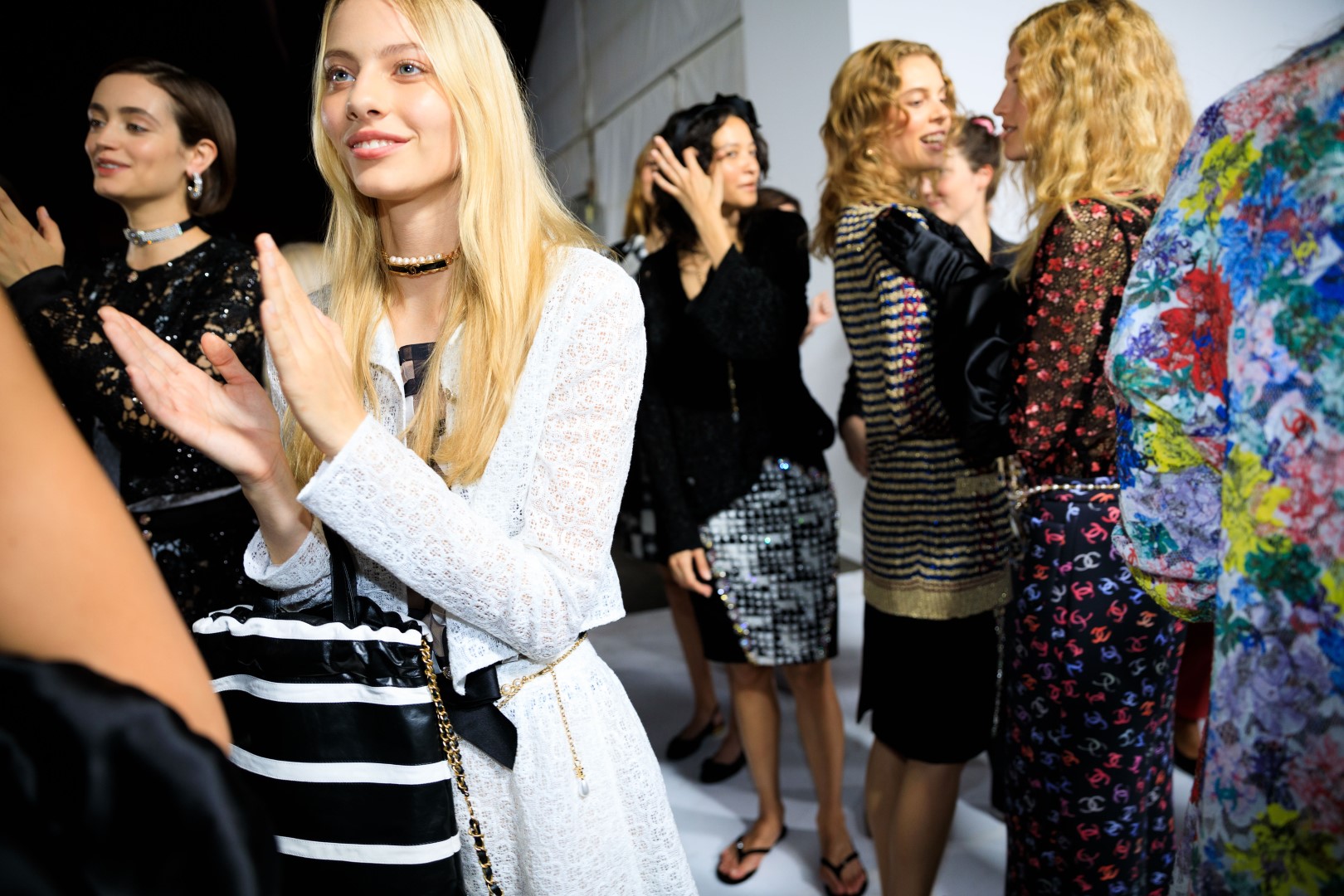
Long before the concept of fashion shows as we know them today came to life, Parisian salons in the middle of the 19th century. century, the outlines of a revolution began to emerge, and the British designer was largely responsible for them
Charles Frederick Worth
which many fashion historians call the “father of haute couture”. In his Parisian atelier, he gathered the elite who always aspired to be dressed according to the latest fashion, but in addition to being a great couturier, Worth also had a rather refined nose for marketing. He was the first to sew branded labels into the hems of his clothes, but the way he presented his decadent creations hid the seed of an idea on which all fashion weeks would one day rest. In order to better convey to his classy clientele all the beauty and splendor of his dresses and to show them how all those marvelous silhouettes look in motion, he discarded the previous presentation tool, mannequins, and replaced them with live models. During the “review” Worth would call them by number, and they would walk in silence in front of a respectable audience that was to be admired. Among those first models was Marie Vernet Worth, Charles’s wife, who was later declared the first professional model. Those “fashion parades” had neither special lighting, nor musical background, let alone extravagant scenography, as they have today, but even then they were a place where the elite came to show off and chat, but also a great marketing tool with which new trends represent the cream of society.
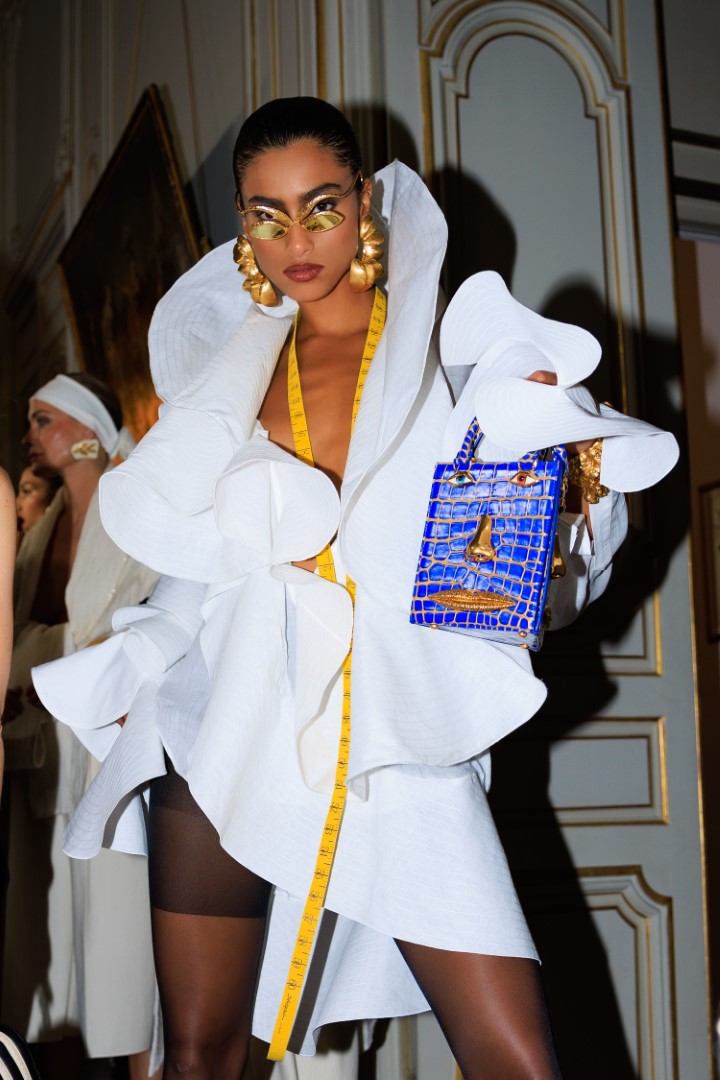
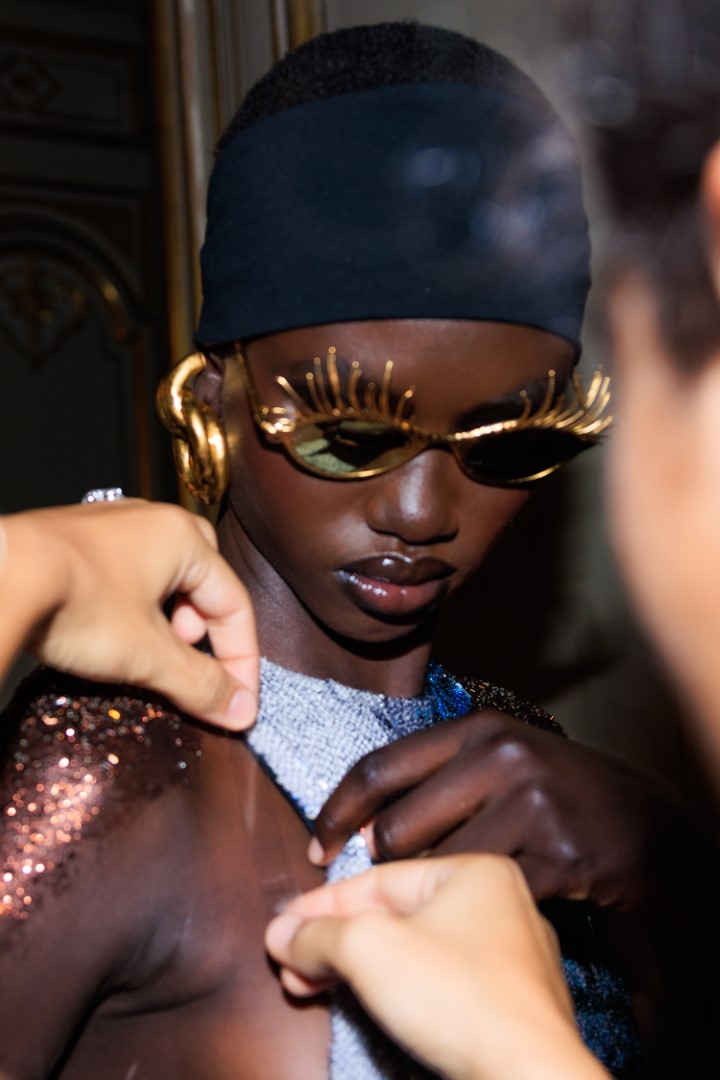
The ingenuity of a Briton, followed by his contemporaries, changed fashion in Paris. The concept of “défilés de mode” began to take shape more and more carefully, and since man as a social being is probably “innate” to always search for fun, so the perfectly logical idea of the code name – afterparty – quickly crystallized in the minds of Parisian creators. After the formal part of the program, parties began to be organized in salons and boutiques, and over time they turned into grandiose balls. However, their purpose was not only to relax the guests. One of the most respected French designers of the time, Paul Poiret, he would wittily insert a “sprinkle” of marketing into them and use them to promote clothing models that he thought would become hits. In 1911 he invited guests to a decadent party that he threw in a Parisian villa. He gave the party a name “The Thousand and Second Night” , and all the guests had to do was to respect the dress code which dictated that they choose “Persian” styling. Anyone whose outfits did not respect the theme, Poiret would send to the closet to wear something from his latest collection, harem pants or a dress in the shape of a lampshade. So the guests, unknowingly, became “accidental” models in a fashion show that was supposed to be just entertainment, and Le Magnifique, as Poiret was called in Paris, gave each guest his perfume “Nuit Persane” as a gift on their way out. Magnifique!
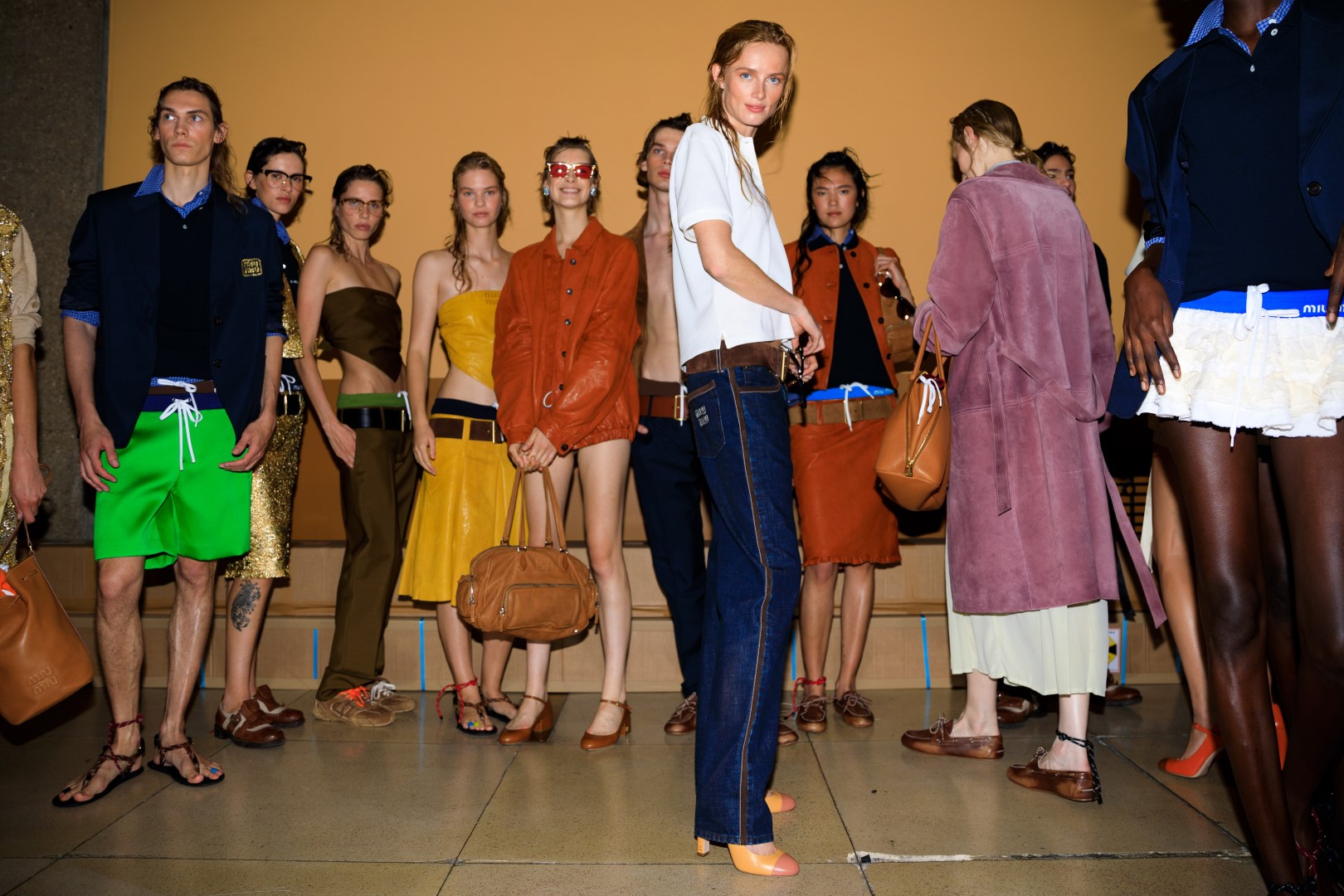
But, although history seemed like a fairy tale until then, the twenties and thirties were marked by a general anxiety that entered every pore of Parisian fashion, and the source of that anxiety was on the other side of the ocean. Afraid to save their designs from being copied on American soil, French designers closed ranks and made their fashion shows even more exclusive. They carefully chose which of the journalists would accompany them, photography was strictly prohibited, and only the most loyal clients could sit in the audience. And then the Second World War took over and crossing the Atlantic to record what was “cooking” in Parisian salons became an impossible mission.
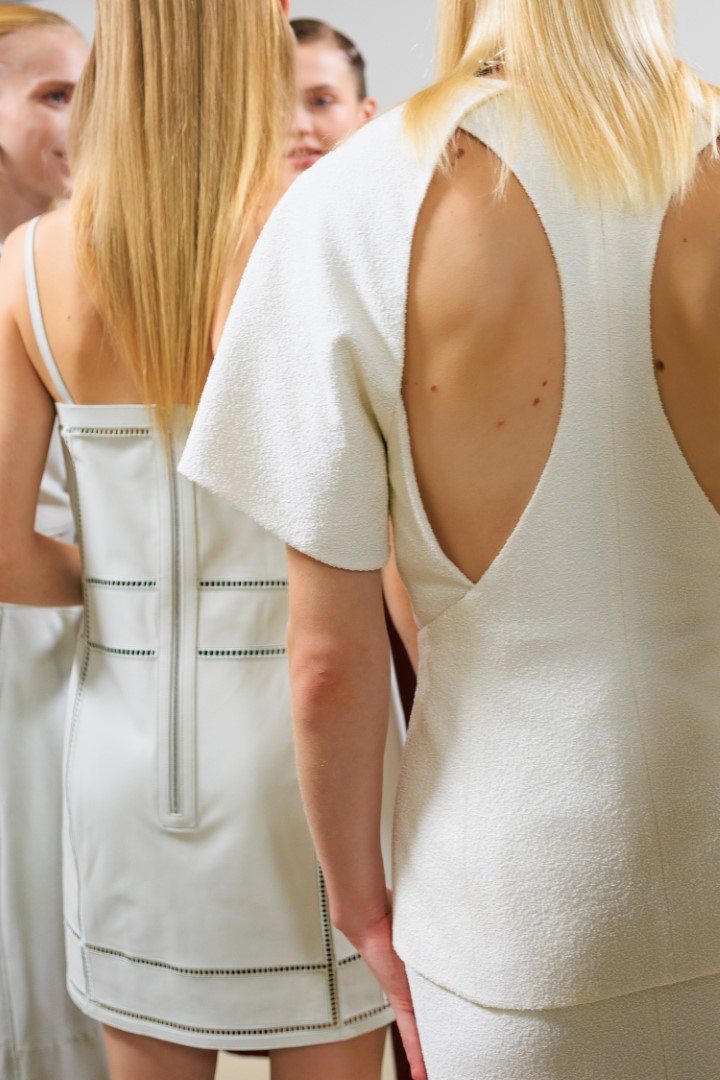
And right in the heat of the world war, in 1943. years, fashion publicist
Eleanor Lambert
she decided to take advantage of the moment in order not to divert the attention of the public from French fashion. While occupied Paris led a completely different life, the determined and insightful Lambert organized in New York
“Press Week”
wouldn’t she show editors and journalists that what American creators do is not just a copy of Parisian design. Journalists who until then wrote about topics such as housekeeping and cooking, because there was no fashion journalism, got an exclusive insight into the collections six months before the public. The delight was almost palpable. “Press Week” was an absolute hit, and Lambert cemented her status as the “godmother of fashion.” In addition to successfully turning the spotlight on American fashion design that had been ignored by the seventh power enchanted by Paris, she also laid the foundation for the first fashion week – New York Fashion Week.
Fashion shows of haute couture collections began to be held in Paris in 1945. year, and the specific criteria that a fashion house must meet in order to present couture collections, and which are still valid today, are prescribed by the Chambre Syndicale de la Haute Couture. Houses must present collections of at least 50 original designer garments, twice a year, in January and July, and there are regulations on the number of employees in the atelier as well as the number of technical staff.
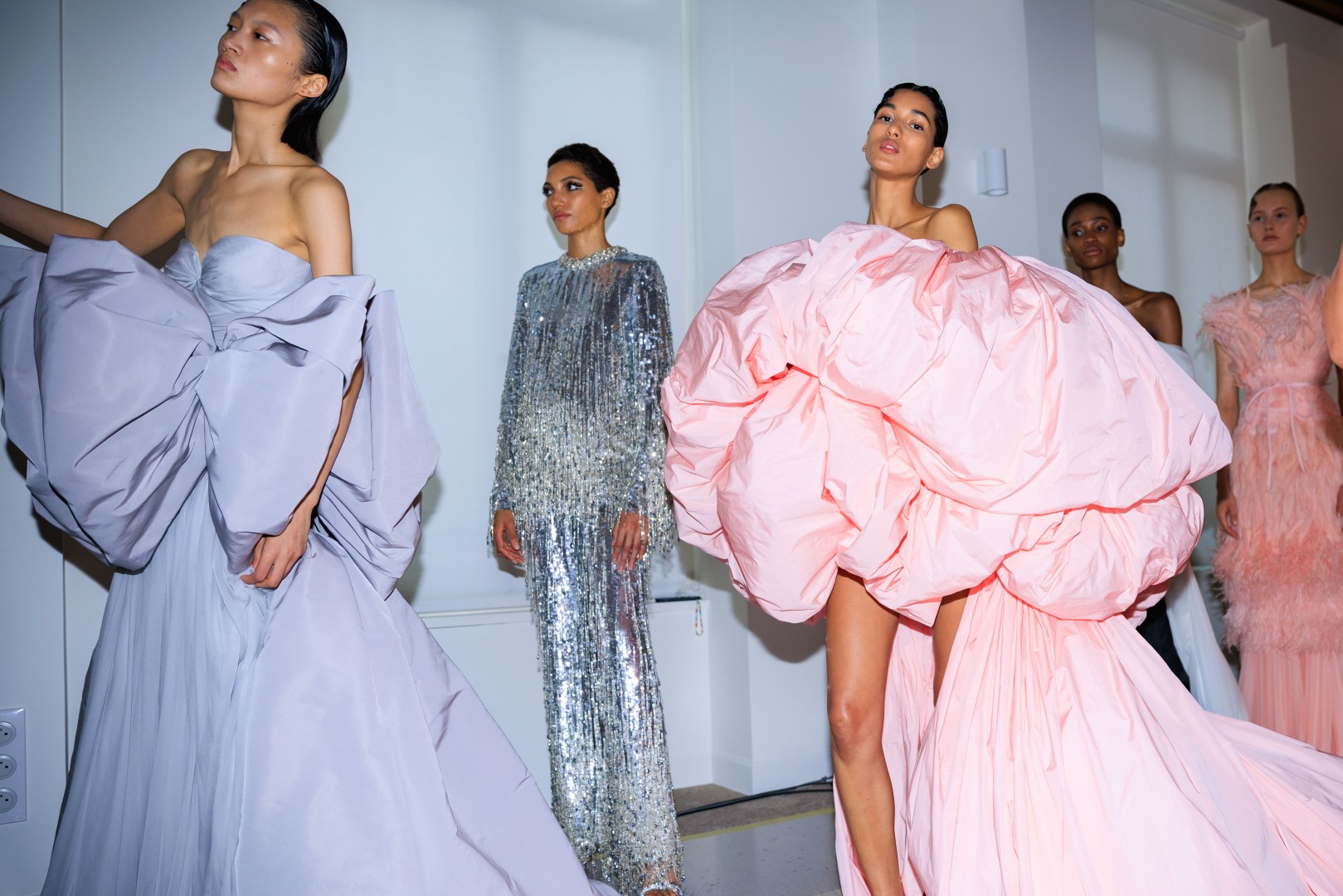
After the Second World War and the success of “Press Week”, America apparently “freed itself from the influence of Paris”, but it was precisely on this historical antagonism and never-healed tensions that Paris Fashion Week was conceived. In 1973, with the founding of the Fédération Française de la Couture, a multi-designer fashion show was organized for the first time, which at least somewhat resembles the concept we have today. A revue with a cute name The “Battle for Versailles” was held, and where else but in the luxurious residence of the French kings, and the backbone of the event was precisely the “battle” in which five French couturiers challenged five American designers to a duel.
Marc Bohan for Christian Dior, Pierre Cardin, Hubert de Givenchy, Yves Saint Laurent and Emanuel Ungaro faced off against Bill Blass, Stephen Burrows, Oscar de la Renta, Halston and Anne Klein, and to everyone’s surprise the “victory” was taken by the American side .
The fashion event aimed to raise funds for the restoration of the Palace of Versailles, and ultimately marked a turning point in fashion history. The hardened “godmother of fashion” Eleanor Lambert and curator Gerald Van der Kemp were responsible for the organization, all together in the end cost approximately 60 million dollars, and the list of 700 guests included names such as
Andy Warhol, Liza Minnelli, Joséphine Baker, Grace Kelly
and many others. That 28. November in Versailles may have meant the painful realization that fashion is not only reserved for Paris, but also the day when a new page of history began to be written. Paris Fashion Week was officially born, and Paris realized that in addition to haute couture, it must also pay attention to prêt-à-porter.
In 1984 eccentric
Thierry Mugler
he became the first designer to open a fashion show to a French audience and thus made history. On the occasion of the tenth anniversary of its creation, he staged a spectacular show at the Zénith stadium in Paris, which was attended by six thousand people, and the runway completely permeated the space, intertwining with the “stand”. Apart from being the first commercial show of that volume, Mugler’s show, in his style, was something like a synergy of theater and fashion, with a handful of his marvelous but always absurd creations, and the attendees remember it mostly for the last exit of Pat Cleveland, who descended from the ceiling as an embodiment of divinity.
It was at the stadium in 1998. year, another record was broken. Just an hour before the World Cup final between France and Brazil at the Stade de France,
Yves Saint Laurent
reminded the world once again that France is not only the capital of football, but also of fashion. The monumental fashion show lasted 15 minutes, and Yves Saint Laurent, as an emblem of French luxury, showed the world as many as 300 looks. The collection, with which one of the greatest pillars of French fashion celebrated four decades of fashion creation, was divided into six themes depicting all eras from 1958 to until then. 900 people worked backstage, 300 models paraded down the runway, and the show was broadcast to an audience of 1.7 billion people. That day, the French soccer team won, and Parisian fashion once again proved why it loves the spotlight so much.